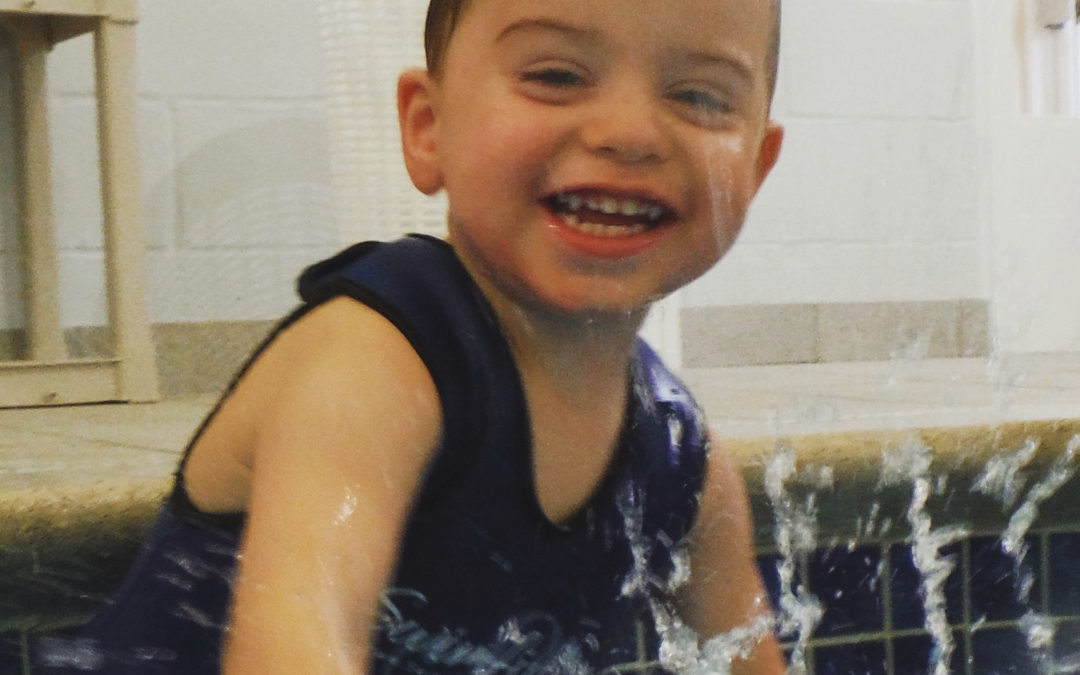Association between swimming lessons and drowning in childhood: a case-control study.
OBJECTIVE: To estimate the association between swimming lessons and the risk of drowning among children aged 1 to 19 years.
SETTING: Cases were identified from medical examiners’/coroners’ offices between mid-2003 and mid-2005. Jurisdictions included the states of Maryland and North Carolina, 14 districts (33 counties) in Florida, 3 counties in California, 1 county in Texas, and 1 county in New York.
PARTICIPANTS: Cases were children and adolescents aged 1 to 19 years who died of unintentional drowning. Interviews were conducted with 88 families of children who drowned and 213 matched controls. Main Exposure Swimming lessons. Main Outcome Measure Death due to unintentional drowning. Drownings that were intentional, of undetermined intent, or that occurred under conditions in which swimming ability was unlikely to impact risk (eg, in ice water or bathtubs) were excluded.
RESULTS: Of the 61 cases in the 1- to 4-year age group, 2 (3%) had participated in formal swimming lessons vs 35 of 134 matched controls (26%) (adjusted odds ratio [OR], 0.12; 95% confidence interval [CI], 0.01-0.97). Among the 27 cases aged 5 to 19 years, 7 (27%) had ever taken formal swimming lessons vs 42 of 79 matched controls (53%) (adjusted OR, 0.36; 95% CI, 0.09-1.51). In adjusted analyses, there was no statistically significant association between informal instruction and drowning risk.
CONCLUSIONS: Participation in formal swimming lessons was associated with an 88% reduction in the risk of drowning in the 1- to 4-year-old children.
Read: Association between swimming lessons and drowning in childhood: a case-control study.

